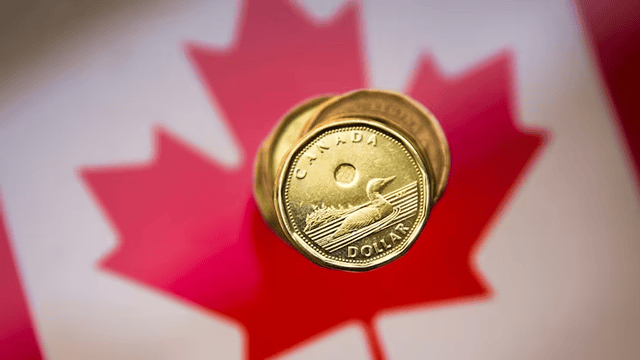
Canada’s economy expanded at a pace of 2.2% over the first three months of the year, according to data released by Statistics Canada on Friday. (Mark Blinch/Reuters)
Canada's economy grew at an annual rate of 2.2% in the first quarter of the year, according to data released by Statistics Canada. This figure beat the expectations of many economists, who had projected a 1.7% growth. While the headline figure looks promising, a closer look reveals a more complex picture.
The boost in economic activity was mainly driven by a rise in exports. Much of this increase came as businesses in the United States rushed to stock up on goods ahead of expected tariffs from U.S. President Donald Trump. These preemptive purchases helped give Canadian exports a lift, contributing to the stronger-than-expected GDP figure.
However, while exports surged, the domestic side of the economy told a different story. Household spending was down, and overall domestic demand was weaker. Imports also rose, leading to an unexpected buildup in inventories. This suggests that while goods were being brought into the country, they weren’t being consumed at the same pace, pointing to slower demand from Canadian households and businesses.
Economists believe that ongoing uncertainty about trade relations with the U.S., particularly due to Trump's shifting tariff policies, is contributing to the uneven growth. As Canada continues to face pressure from tariffs—especially on steel and aluminum—analysts expect this tug-of-war between exports and domestic demand to continue.
The GDP report comes just days before the Bank of Canada is set to make a decision on interest rates. While the economy’s overall performance in the first quarter was stronger than anticipated, analysts say the details behind the growth raise questions about its strength moving forward.
Douglas Porter, chief economist at BMO, noted that while the headline number suggests solid growth, the underlying components tell a more cautious story. “We were looking for a decent first quarter, but it turned out to be better than decent,” he said in a note to clients. Still, Porter added that the fine print of the report doesn’t paint as rosy a picture, especially given the weak domestic demand.
In March alone, Canada’s economy grew by 0.1%, rebounding from a 0.2% contraction in February. This small gain was helped by improved performance in mining, oil and gas extraction, and construction. A flash estimate from Statistics Canada predicts that April will also see a modest 0.1% growth.
Though the economy seems stable on the surface, the deeper indicators reflect some struggles, particularly within Canadian households and local businesses. For the first time since late 2023, final domestic demand did not rise—a clear sign that internal economic activity may be stalling.
As policymakers and economists look ahead, the mixed signals from Canada’s economy will make it harder to predict whether the Bank of Canada will lower interest rates or hold steady. The current data provides both encouragement and caution.















